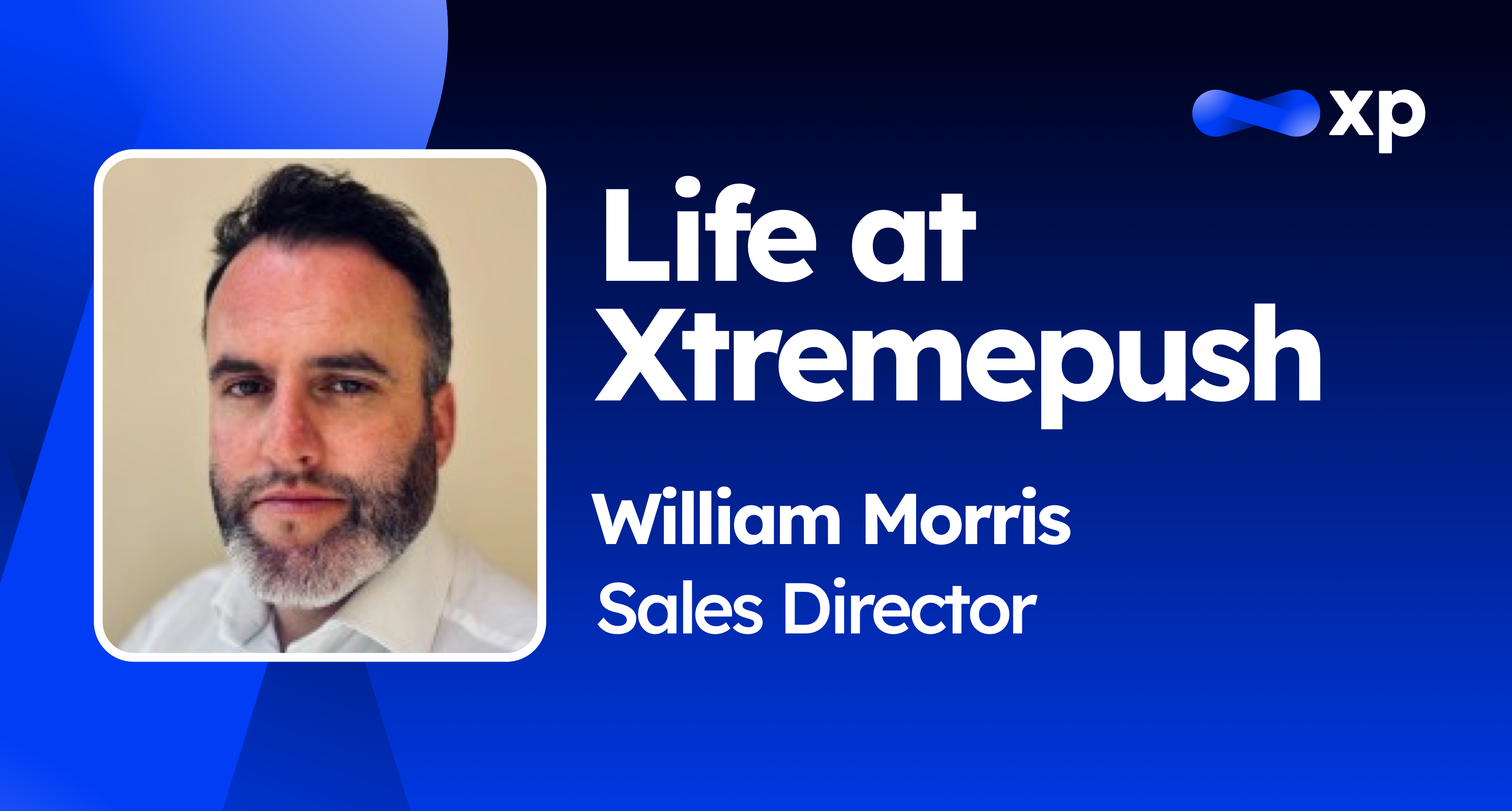What is Permission Marketing?
The phrase “Permission Marketing” was officially coined in Seth Godin’s seminal book ‘Permission Marketing: Turning Strangers into Friends and Friends into Customers’. It was first published all the way back in 1999.
Amidst the overwhelming barrage of marketing communications on tv, radio, in print and online, Godin advocated an approach that sought active buy-in from the customer. In other words, you only hear from us if you want to.
It’s not exactly new, so why is there such a recent resurgence in the term’s popularity? Four little letters; GDPR. When Godin wrote his book, which features now on pretty much every marketing course’s booklist, the digital realm was still the wild west. If you could get your message into a customer’s email inbox, then you went for it.
Flash forward to 2020 and marketers no longer have a choice! Privacy laws have made permission marketing a prerequisite (and rightly so). The penalties for flouting the rules are too harsh to risk it.
Age has not withered Godin’s four central tenets of permission marketing, however. Have a read of them below.
- Does every single marketing effort you create encourage a learning relationship with your customers? Does it invite customers to “raise their hands” and start communicating?
- Do you have a permission database? Do you track the number of people who have given you permission to communicate with them?
- If consumers gave you permission to talk to them, would you have anything to say? Have you developed a marketing curriculum to teach people about your products?
- Once people become customers, do you work to deepen your permission to communicate with those people?
These questions are as pertinent today as they were twenty years ago. In this article, we’ll look at some areas where you can improve your permission marketing success and boost your overall mobile engagement strategy.
Permission Marketing Tips
The initial permission request
Permission marketing begins (and unfortunately, if you get it wrong, ends) with the permission request or “opt-in”. This is where you ask the customer for the right to engage with them in the first place. If they say “no” then you may not get another chance to win them around!
The number one element to consider is “what’s in this for the customer”? The value of being able to reach out to the customer is obvious from your perspective, but what does that customer get in return? The phrase we use is “value exchange”.
For web push notifications, in particular, a lot of our clients use a soft opt-in or a “pre-permission” message to help here. The creative restrictions imposed by the browser operators mean that it’s difficult to communicate your value in the default request. A custom opt-in message gives you the freedom to offer an incentive, as in the example below.

This method allows them to gauge their customers’ interest in hearing from them before actually sending the request, optimising the rate of success. Additionally, if it doesn’t appeal to the customer right now, they can ask again at a later date, when the customer has had more time to engage with the brand.
Find the right time to ask for permission
How many times have you been asked for permission on your first visit to a website, or when you’ve just opened up a new app, before you’ve even had a chance to take a look around? I’d wager that you clicked “NO” as fast as possible so you could get back to your original task.
The timing of the request is vital, yet it’s often overlooked. It may be that the service provider the brand is using doesn’t have the ability to trigger the request based on an event hit. This is a considerable disadvantage. We’ve seen clients have the best results when they can experiment with the timing. It depends on what you’re selling as well, of course.
For example, digital publishers will often wait until the reader has visited the site a couple of times, or even until they’ve visited a number of pages in the same session. These are very good indications that the user has a genuine interest in hearing from them.
Sports betting brands may choose only to ask for permission when the customer has signed into their account and make their first deposit. Again, it’s a matter of making informed decisions and testing your ideas over time to find the sweet spot.
There’s so much to consider about the opt-in process that we have previously written about this topic by itself in detail. We cover both opt-ins for web push and for app push, so check out those articles for more specific ideas and advice.
Permission Marketing Software
These are 3 reasons why it makes sense to run your permission marketing campaigns through a Mobile Marketing Platform.
Record-keeping
This harks back to point number two on Seth Godin’s original list; Do you have a permission database? Do you track the number of people who have given you permission to communicate with them?
The challenge of achieving this just for email is difficult enough, but now there are so many more channels to be considered. Essentially, what you want is a single piece of software that can manage your permissions across all of them.
Just because a customer has opted in for app push notifications, that doesn’t mean you are free to email them as well. It’s vital that you maintain a clear record of who is addressable and by which means. Having software that automatically manages your permissions will keep you on the right side of privacy laws at all times.
Frequency-capping
If you are concerned about the possibility of over-messaging your customers then frequency-capping is a must-have.
By tracking the volume of messages each customer has received and their engagement levels across each campaign, you can make sure you don’t run the risk of annoying them. This goes a long way towards maintaining a positive relationship with them; obviously a crucial aspect of successful permission marketing.
Easier opt-in and outs
Ideally, you want to make it as simple as possible for customers to opt in and out. An app inbox or on-site notification centre will allow your customers to easily turn notifications on or off as they please.

It may seem counter-intuitive to want customers to have the freedom to opt out so easily, but this speaks to the essence of permission marketing. It also means that you can more accurately assess the success of your messaging, as campaigns are only sent to customers who are open to engaging with you in the first place!

Writing an RFP for a Mobile Marketing Platform?
Download our free guide to learn the key questions you need to ask.













